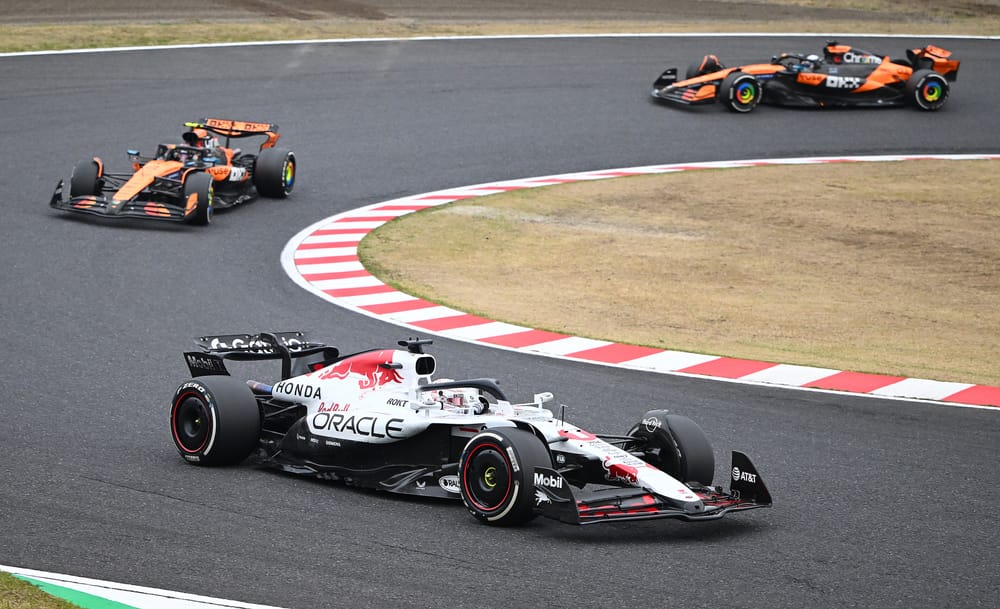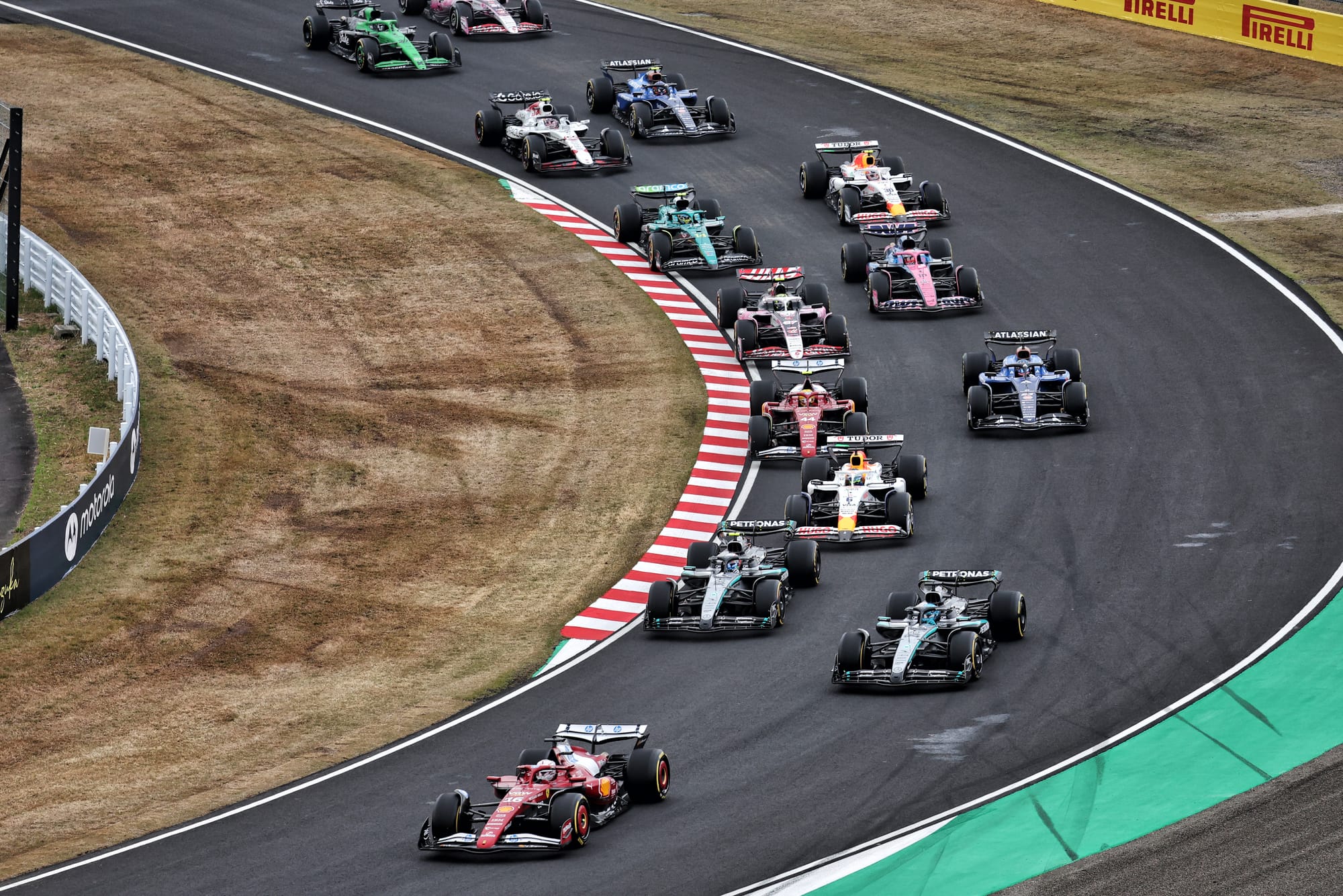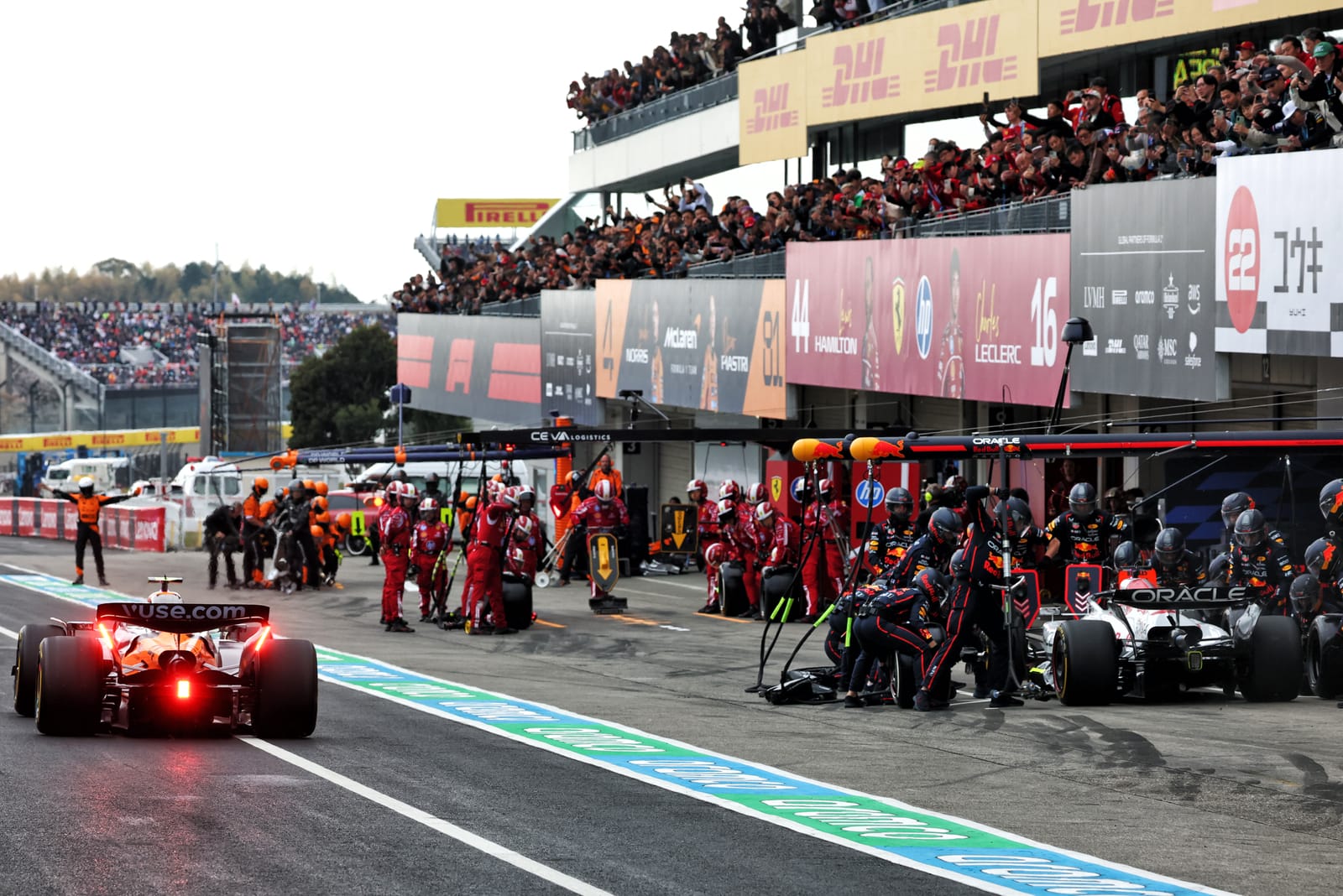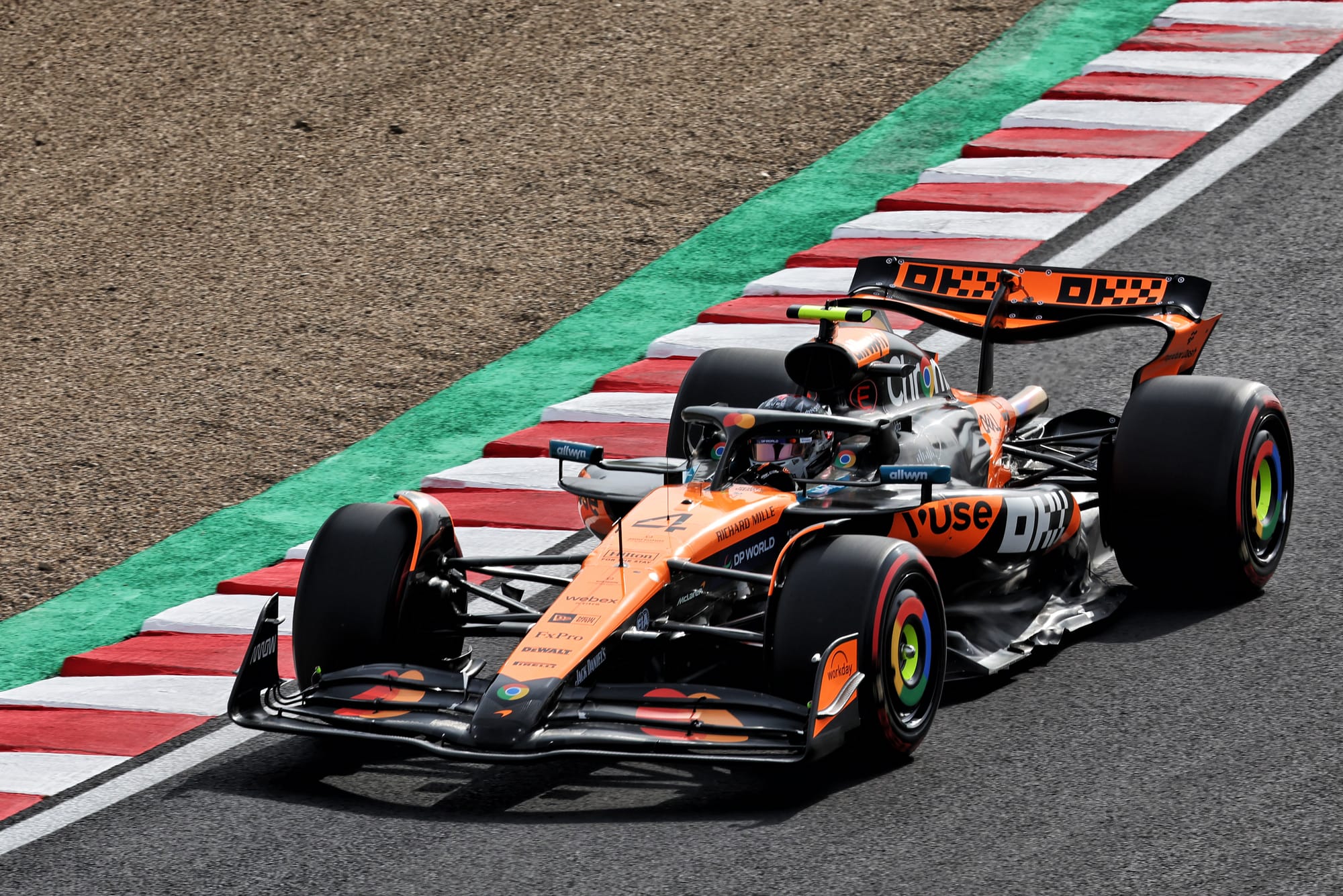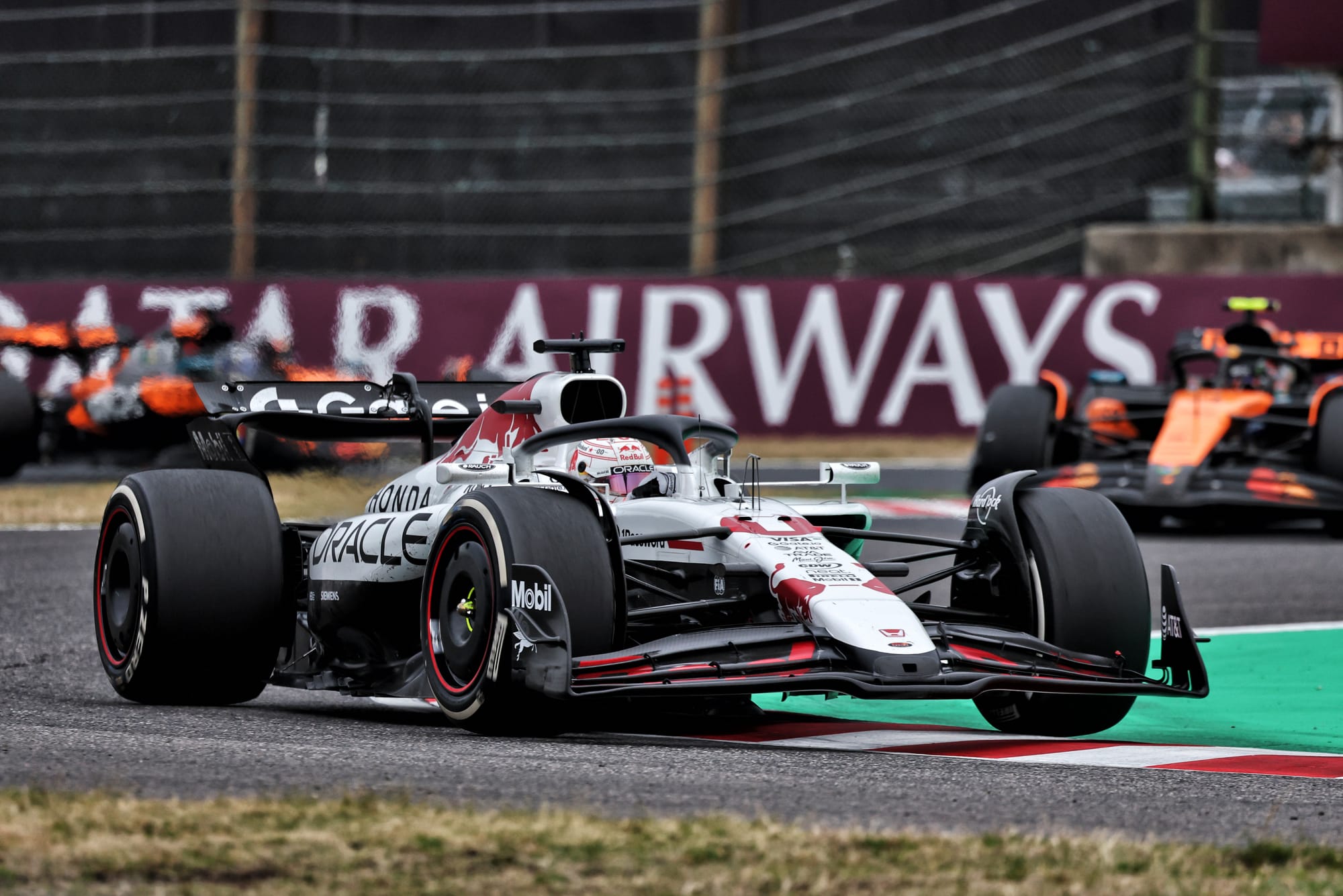Lando Norris raised a few eyebrows ahead of the Japanese Grand Prix when he suggested McLaren was making such an impact in Formula 1 this season because it was the only team with two good drivers right now.
With so little to choose between himself and Oscar Piastri in the fight for wins, other squads he suggested looked worse off because of more one-sided operations.
Mercedes had a rookie on board with Kimi Antonelli, Ferrari was having a slow start because Lewis Hamilton needed time to get up to speed, and Red Bull was pretty much a one-car team amid the controversy of Liam Lawson being dropped.
But, as Max Verstappen pulled off a superbly impressive victory at Suzuka, Norris has found out the hard way that it is not always perfect if a team has two drivers fighting it out at the front.
After a race where McLaren should have had all the cards in being able to pull off a strategy pincer movement with Norris and Piastri against the leading Red Bull, the impression from the outside was that the squad found itself stuck from being able to roll the dice because it had to prioritise being fair to both its stars.
Its choice to pit Oscar Piastri first for the undercut rather than its lead car, and then electing to simply have Norris follow Verstappen into the pits rather than attempt on overcut, pointed to McLaren prioritising equal treatment for its drivers rather than throwing everything it could at the common enemy.
Red Bull team principal Christian Horner remarked on Sunday night: "I guess the problem they have is they have two drivers who are fighting for the drivers' championship.
"The difficulty is they've made a bed where they're going to let them race. So that's the compromise that inevitably comes with that."
The clear hope from the Red Bull camp is that McLaren is weaker by having to be fair across both sides of the garage - and that will allow Verstappen to come through the middle and beat both of them.
Rolling the dice

It is an intriguing thought, but was McLaren's defeat in Japan really because its hands were tied by fairness, or was the game lost whatever it did?
Norris himself reckoned that the possibility was there to have at least attempted something different, as following Verstappen into the pits was always likely to have the obvious outcome of following him out of them again (despite how close they were on the exit).
"Maybe we could have tried a bit more with strategy," he reflected afterwards. "Overcut or undercut - we just boxed on the same lap for some reason. So some things we'll discuss."
McLaren team boss Andrea Stella was pretty open after the race in admitting that it was having to weigh up the bigger picture of both drivers when it came to the strategy choices.
If the team had elected to pit Norris first and try the undercut on Verstappen, then he reckoned that could have left Piastri exposed to Charles Leclerc and George Russell behind.
"Pitting Lando would've meant that we could not pit Oscar. And this would've been a problem for Oscar," said Stella.
"Oscar would've waited, which I think would've been a problem with the cars, especially Russell, that pitted and that we needed to cover."
Stella reckoned trying the tactic of going longer with Norris - in a bid to get a tyre delta offset - was not going to work either as it would likely simply drop him behind other cars.
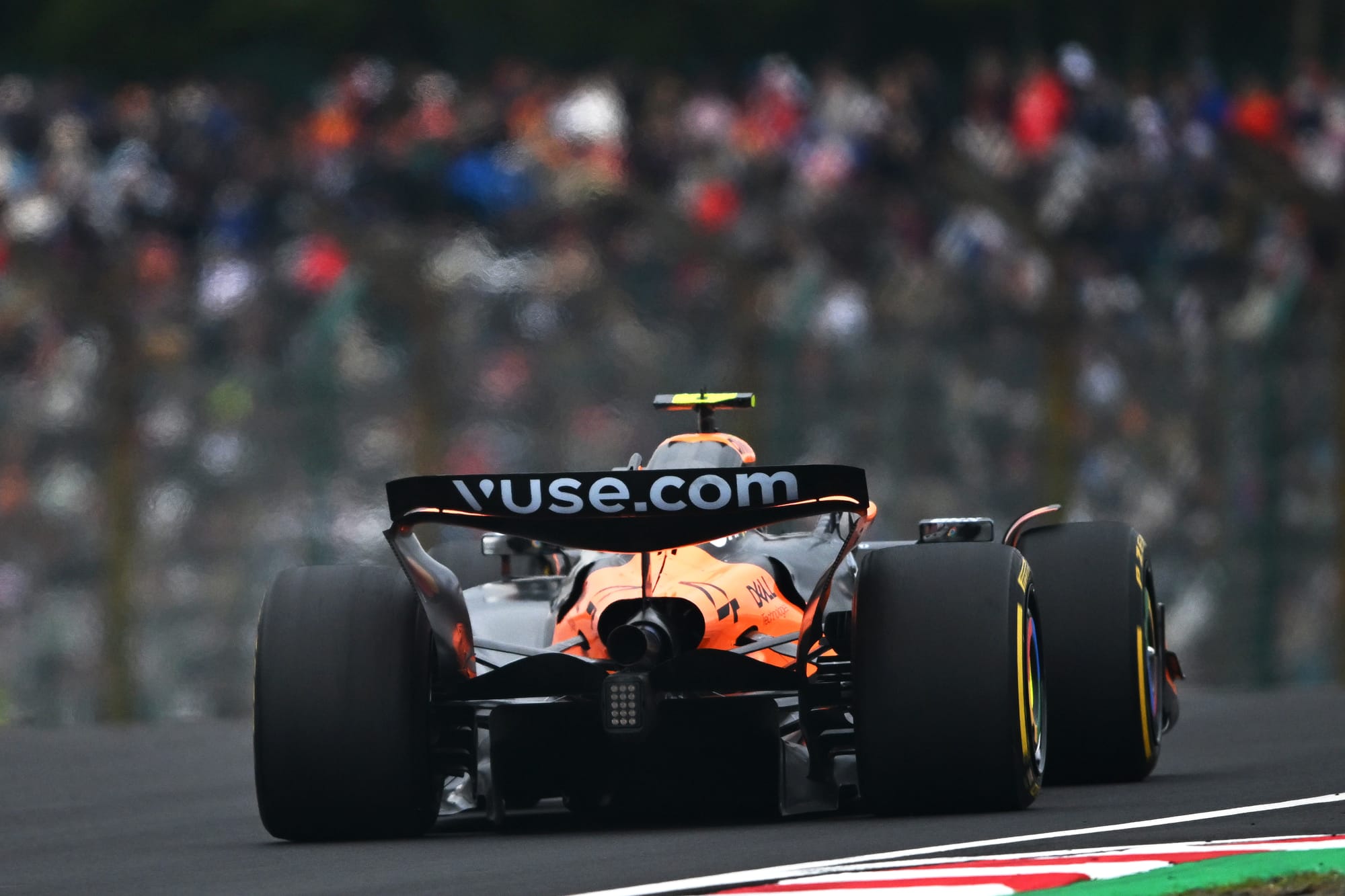
"I think the problem for Lando would be that he would've lost positions to some other cars, including Oscar," he said.
"They [the others] had pitted and they were faster, and if you stay out on a 20-lap used medium, you cannot be faster than somebody that pitted on a hard."
The lack of tyre degradation in the race meant there was no real tyre offset to be gained, so going long was a waste of time.
"I think the overcut works well when you know that you gain, like in Barcelona, or in Suzuka in the past, where you gain four or five laps of tyre delta," Stella added. "Then when you pit, even if you pit behind a car that stopped before, you will pass him because you have better tyres.
"But here, the tyres didn't almost degrade at all from one lap to the other. We kept seeing purple sectors and purple laps until the final lap."
Stella did concede, however, that McLaren would need to go back through the numbers in case there was something it could have done to give Norris a better shot at victory.
"We will review obviously the gaps in terms of time to understand whether there was the possibility to go for an undercut with Lando that could actually be executed on Max," he said.
"We don't have to forget though that by giving up track position, you also expose the car that you pit to safety car risk, for instance. Lando would've lost positions in a safety car, should a safety car be deployed.
"So in hindsight, you don't see any safety car, you don't see anything and you think, 'I might have gone for the undercut'. But an undercut attempt comes with some risks."
Swapping cars
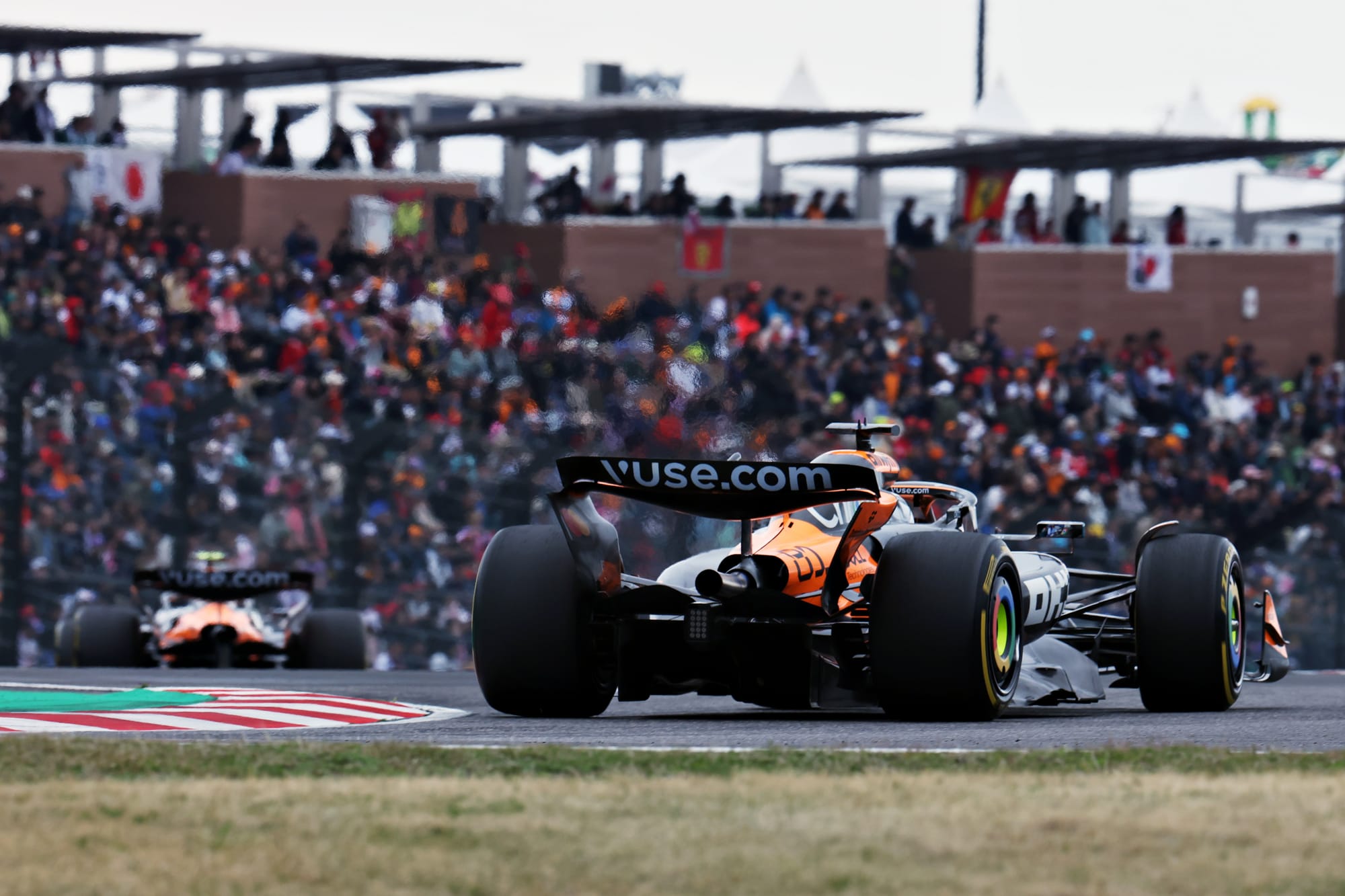
There was another way that McLaren could perhaps have won the grand prix, and that would have involved some direct team orders.
Piastri appeared to be the quicker of the two in the second stint, and he was clearly itching to be released by Norris to have a go at Verstappen further ahead.
But McLaren elected against that plan, with Stella actually suggesting that the pace of the two cars offered a bit of an illusion of their overall potential.
He said Norris dropping back from Verstappen at times was not because he was struggling for speed, but was more about cooling his tyres so he could launch another attack later on.
Stella did not buy into the theory that unleashing Piastri would have benefitted the the team and suggested there was not much speed difference between the two drivers.
"I don't think it is so clear that Oscar was faster," he said. "Lando was trying to get in Max's slipstream, even closer, but any time you went below one second there was a significant loss of grip.
"So then Lando was doing a little bit of an elastic [job], trying to cool down a bit his tyres, going again.
"I don't think it is a situation that we should judge at face value in terms of what the pace of the car was."
But it wasn't lost on Sunday
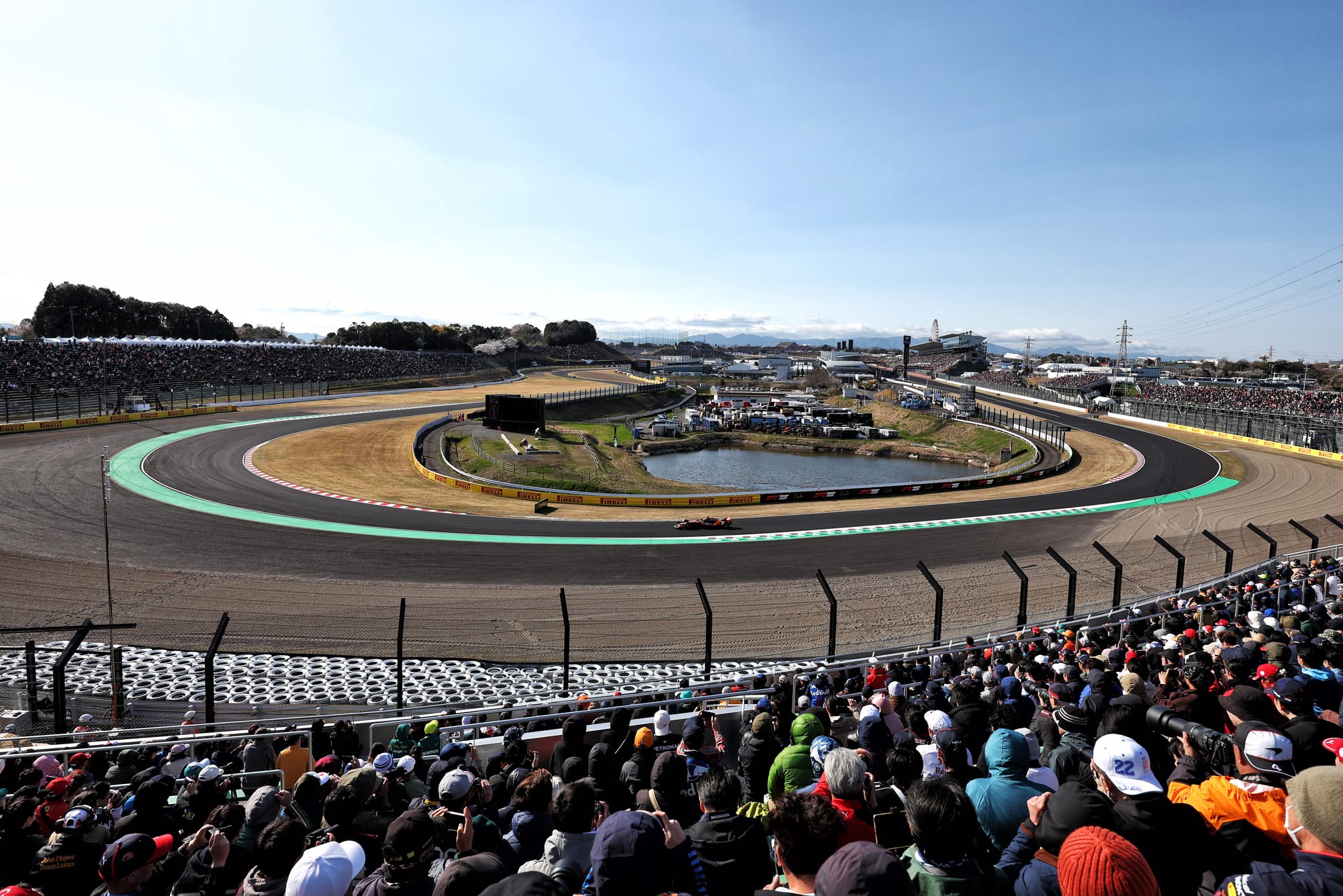
There are lessons for McLaren to take on board from the strategic decisions it made in Japan, and it is likely going to have to face tough calls in the future that may require favouring one driver if it wants to win a race.
But Stella said there was a harsher truth to its Japanese GP result than any own goal being scored through being cautious to avoid hurting either driver by gambling.
It is that McLaren did not lose the race through pitwall decisions on Sunday; defeat came from Norris and Piastri leaving the door open for Verstappen to start from pole position in the first place.
And that came down to them individually getting it wrong.
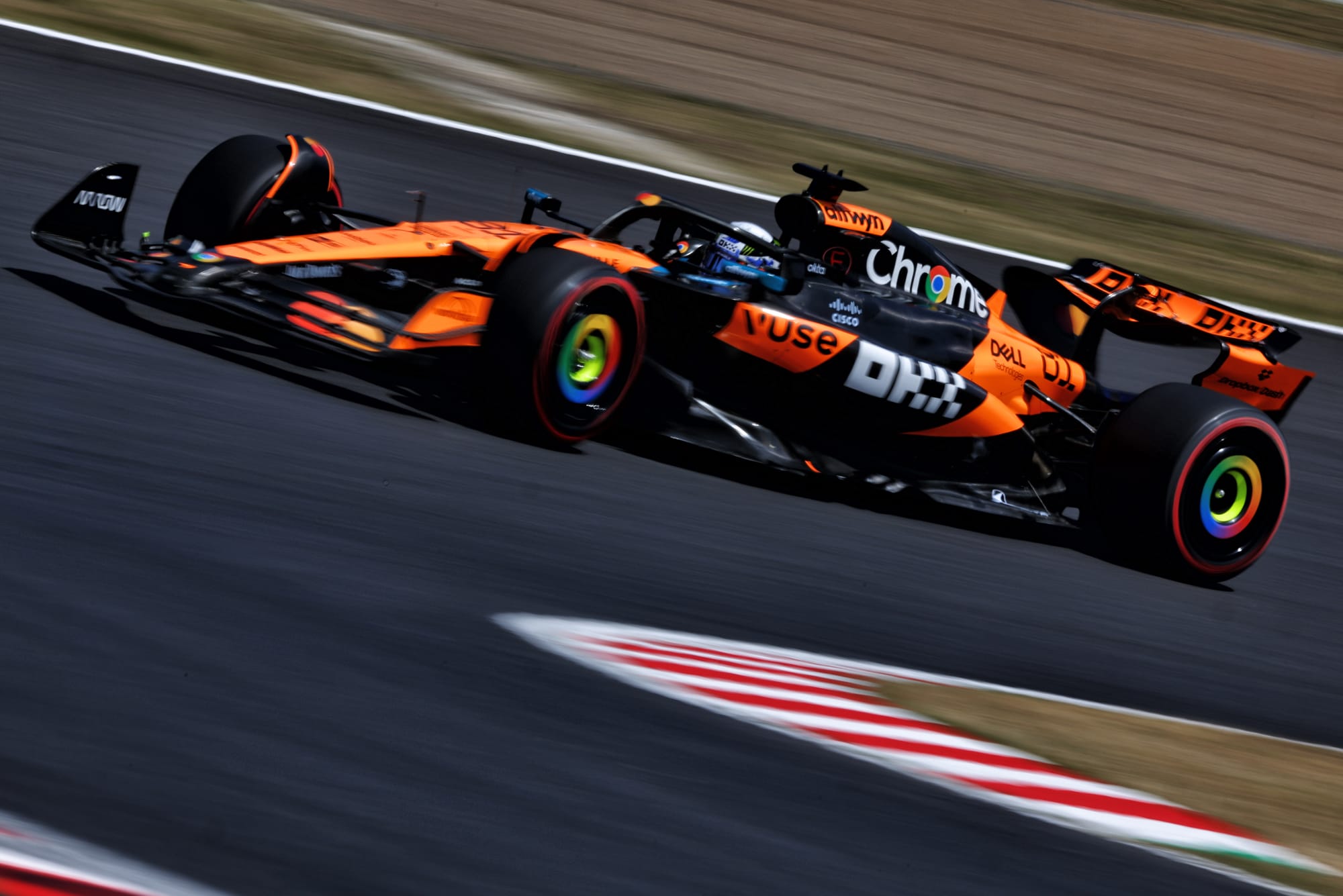
Stella added: "Clearly when Max elevates the game so much, you need to nail laps in qualifying and you need to bring home any possible millisecond.
"[Qualifying] was indeed a matter of milliseconds with 43, 45 milliseconds between P3 and P1.
"So ultimately I think the qualifying laps in Q3 were even more a determining factor than anything that happened in the race."
With Red Bull going all-in on focusing on Verstappen's drivers' championship hopes, rather than worrying about the constructors' title, McLaren knows there are scenarios where both its drivers may end up taking points off each other.
And, as Suzuka showed, its policy of treating both drivers equally might mean it does not have the freedom to be as aggressive, and roll the dice, as it perhaps sometimes would like to do.
But Stella did not buy Horner's argument that McLaren's stance leaves it compromised, as he remains absolute that having two drivers pushing each other hard can only be a help.
For while Verstappen is just one point off Norris in the drivers' championship, in the constructors' standings the benefits of McLaren having a strong duo are clear.
Heading to this weekend's Bahrain GP, McLaren looks well in control of the team rankings. Its 111-point tally is 36 points clear of Mercedes', and is on its way to being double that of Red Bull's one-car haul of 61.
From McLaren's perspective, the upsides of two drivers duelling it out far outweigh the extra challenges and potential compromises it brings.
"We are here first of all to beat the other teams and put McLaren in a very strong position," Stella said on Sunday.
"When McLaren is in a very strong position, then that's the best position for the two drivers to pursue their aspirations. This is very clear to the team, and very clear to the drivers.
"We know that to beat Max and Red Bull we need to operate at the highest standard, but also we need to operate consistently.
"And I think when you might have won, but you don't win and you are P2 and P3, it's still a robust way of going racing. I think this will pay off at the end of the season."

